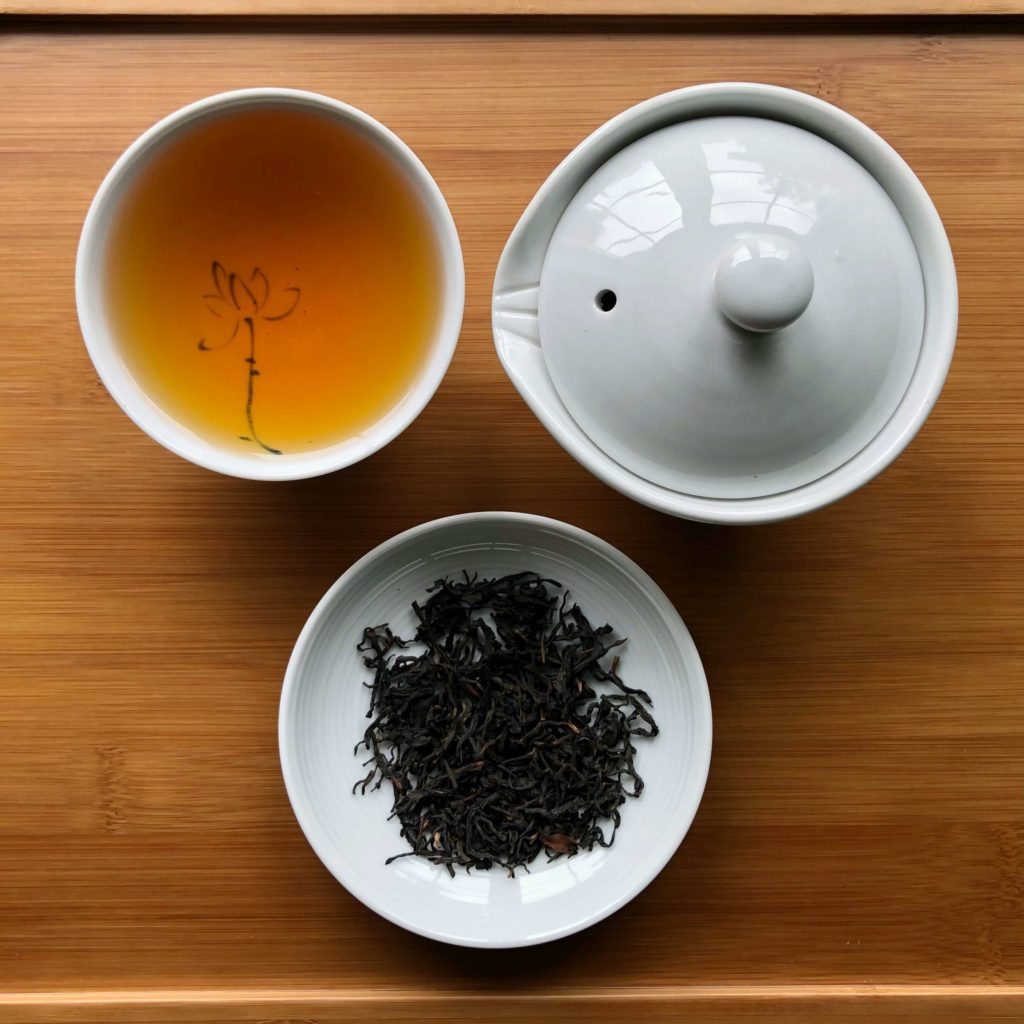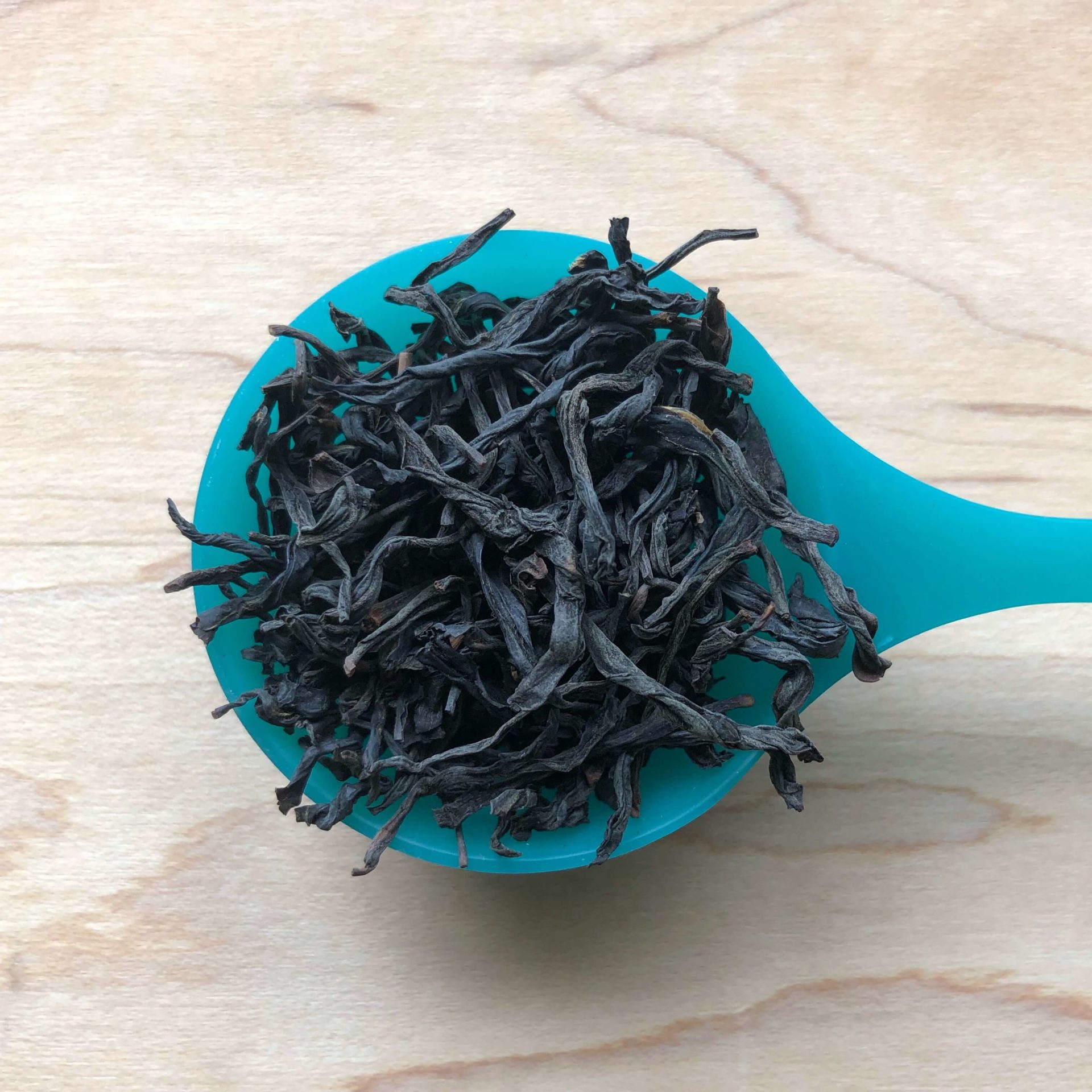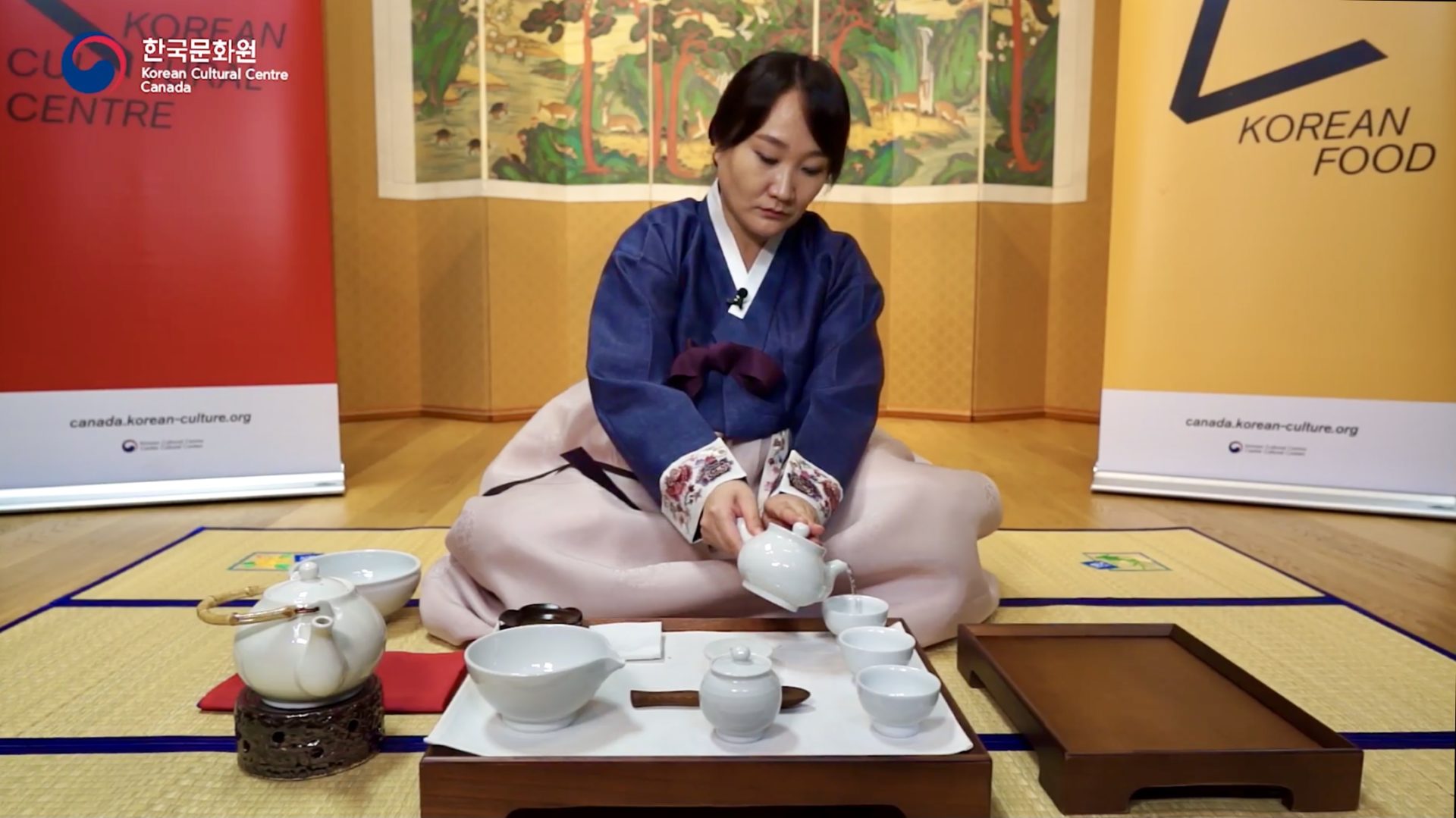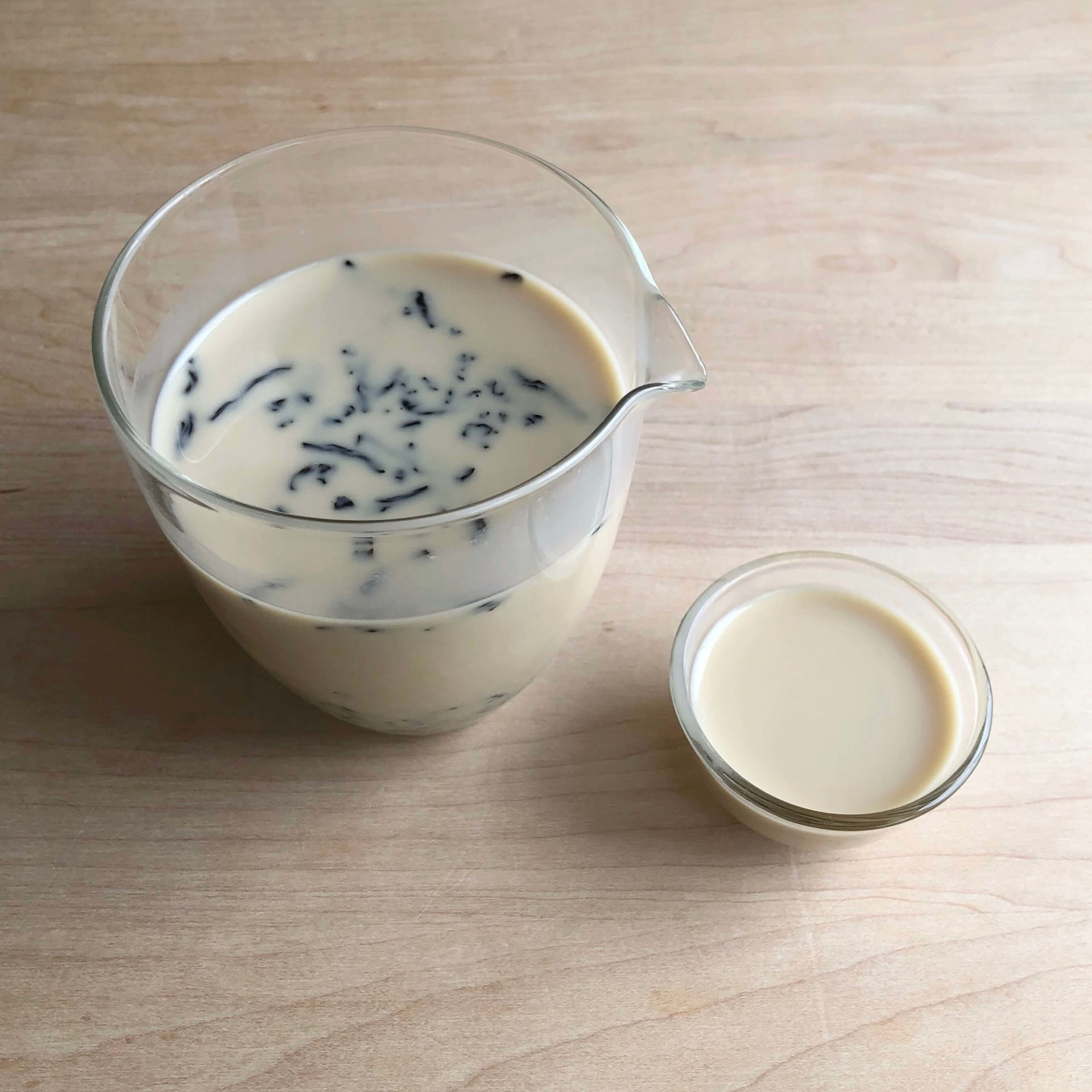
A few years ago, I tried Balhyocha for the first time and developed a fondness for Korean teas. I then meet Soo a few years later and I’ve had the opportunity to taste and learn more about Korean teas from her!
I met Soo at the Toronto Tea Festival in 2019 a few months after she started her Korean tea company. She was very passionate about Korean teas and kindly gifted me some to taste. I also attended a workshop she hosted with the Tea Guild of Canada. Therefore, when I decided to write my post about teas in East Asian countries, I knew I wanted to explore Korean teas more.
Like my post with Momo Tea and Japanese Matcha, this post will also feature the Question and Answer format. I enjoy having a more conversational and casual tone to these posts. This post will focus specifically on Korean “black” teas or what is more commonly described as a “fermented” tea in Korea. So with some background, let’s get to my Q&A with Soo!

In our previous post, you mentioned that Balhyocha is fermented. How does it differ from what people think traditionally of as “black teas”?
Soo: In the Korean language, “Balhyo (발효)” means “fermentation” which technically means both “oxidation” and “fermentation” in the tea processing. The word “oxidation” is not often used in the Korean language when food is in the process of being made because “oxidation” itself is usually reserved for a negative aspect like an apple is oxidized at room temperature and turns brown or metal rusting.
On the other hand, the word “Balhyo” gives a good impression and has long been used for food in Korea as you can see from the most well-known real Korean fermented food such as Kimchi, Gochujang (red chili paste), Doenjang (soy bean paste), Ganjang (soy sauce), etc. When you say Balhyocha in Korea, most of the time, it means traditional local black tea from Hadong, but technically all the tea types except for green tea can be called Balhyocha. To avoid confusion, dark tea is called “Hu-Balhyocha” in Korean. “Hu” here means “post-“.
How is Balhyocha prepared?
Soo: Traditional local black tea Balhyocha can be steeped with 90ºC or boiling water and you can have multiple infusions. Traditionally in Hadong, people also boil Balhyocha with other ingredients such as pear, ginger, quince, bamboo leaves, etc.
What does Balhyocha taste like?
Soo: The oxidation level and the processing method vary from master to master, and you can find different levels of oxidation and flavour profiles even from the same black tea type Balhyocha, too. Hence, it’s such a joyful journey to try different Balhyocha. It can taste floral, fruity or malty, etc. depending on what kind of Balhyocha you drink and who made it.

What is a Korean Tea Ceremony like?
Soo: The Korean Tea Ceremony is called “Darye (다례)” and it means “tea etiquette”. It is not only the manner and politeness you show to your guests when you serve tea but it also includes the knowledge of how to handle and care about tea as well as the mental attitude. There are many different types of Darye: Goongjoong Darye in the royal court, Heon Darye for ritual ceremony, Paebaek Darye for wedding ceremonies, Gyubang Darye for women, Seonbi Darye for men and so on.
Most of the Darye you have seen might be Gyubang Darye for women or Saenghwal Darye, a simple Darye you can easily follow in your daily life. In the case of Saenghwal Darye, it has flexibility in teaware arrangements and performance depending on the host, and it focuses more on the harmony with nature and people while showing respect and politeness to your guests rather than following strict rules.

What would you recommend to people who are new to drinking Balhyocha?
Soo: I’ve been introducing many different recipes for drinks, food and desserts, along with different steeping methods on my blog, Soocha Tea Recipes, and I’ve got great feedback from my customers and tea friends. There are many recommendations when it comes to Balhyocha.
1) My strong recommendation is cold-brewing Balhyocha in MILK! This is where most of my customers and tea friends get amazed. Simply add 5 grams of Balhyocha leaves and 1 cup of cold milk of your choice into a glass jar, and refrigerate it for 24 hours. It brings out more flavours than adding milk to a strong tea infusion. It tastes great with any kind of milk. I’ve got great feedback about cow’s milk, soy milk and oat milk.
2) Making Balhyocha Syrup is also our strong recommendation. You can easily make milk tea and sparkling iced tea, not to mention desserts!
3) Last but not least, we recently released Balhyocha Powder. Our loose leaf Balhyocha is stone ground and transformed into a versatile tea powder. It has a rich concentration of cocoa flavours, and you can conveniently make lattes and baked goods with it.
Final Thoughts
As always, thank you to Soo for taking the time to work with me on this post! I have learned a lot and even found a new way to brew Balhyocha! Oat milk and balhyocha is a great combination because it is nice and creamy!
If you would like to learn more about Korean teas and herbs, Soo is hosting an online workshop on Saturday, August 28th and Sunday, August 29th. The attendees will have an opportunity to taste mugwort and balhyocha both in loose leaf form and powdered types, and learn about the teas and tea culture! Registration will be open at the end of July or early August.
You can also find Soo on Instagram/Facebook as well as via email newsletter. Anyone who would like to sign up for the workshop can contact Soo via direct message (DM) on IG/FB or email at soo@soochatea.ca. Soo also hosted a 3-part series about Korean tea on the Korean Cultural Centre Canada YouTube channel.
I also have a post that covers my review of Soo’s Woojeon, Sejak, Balhyo Cha & Mistletoe, as well as my event recap of her workshop. I can’t wait to learn more about Korean teas in the future!
The question of the post: What was something you didn’t know about Korean teas before?
Edit: Nicole from Tea for me Please sweetly included my post in her weekly round-up! Make sure to check out all the neat posts from the week!

1 comment
[…] learn more, check out my other TEA 101 posts, where I have talked more about matcha (a green tea), Korean black tea, and […]